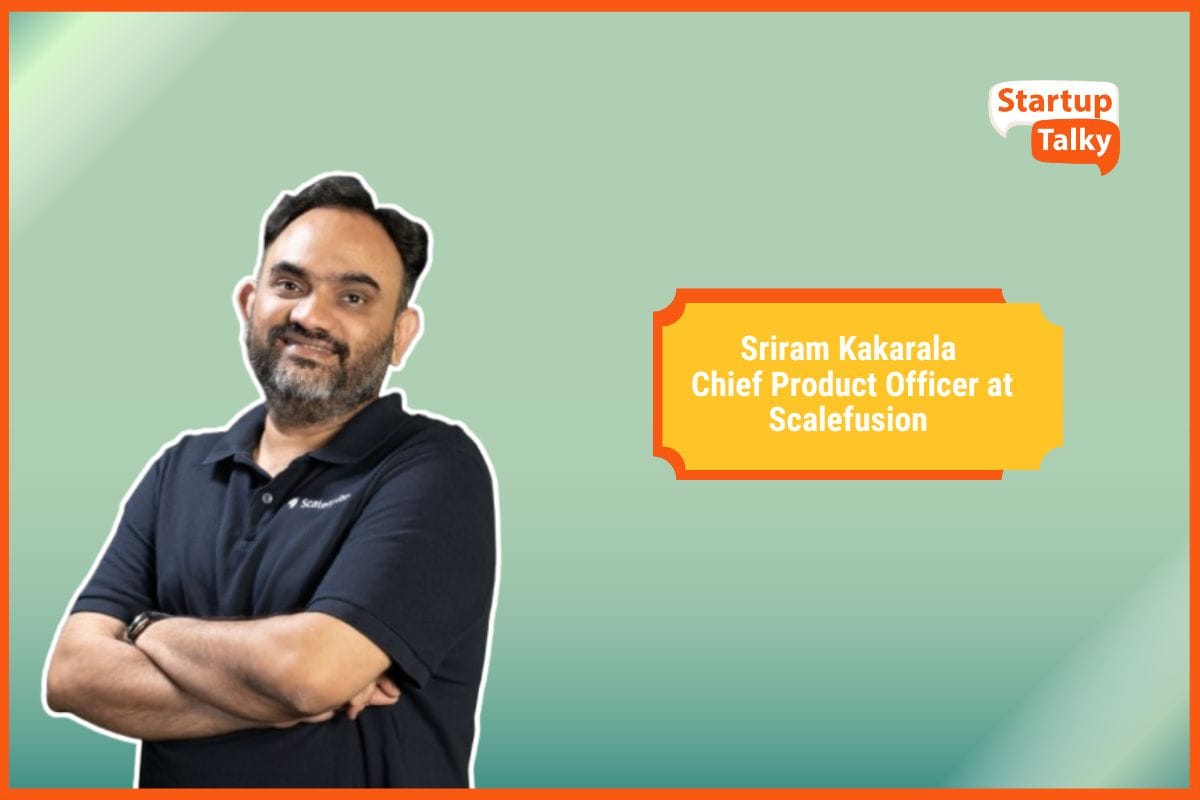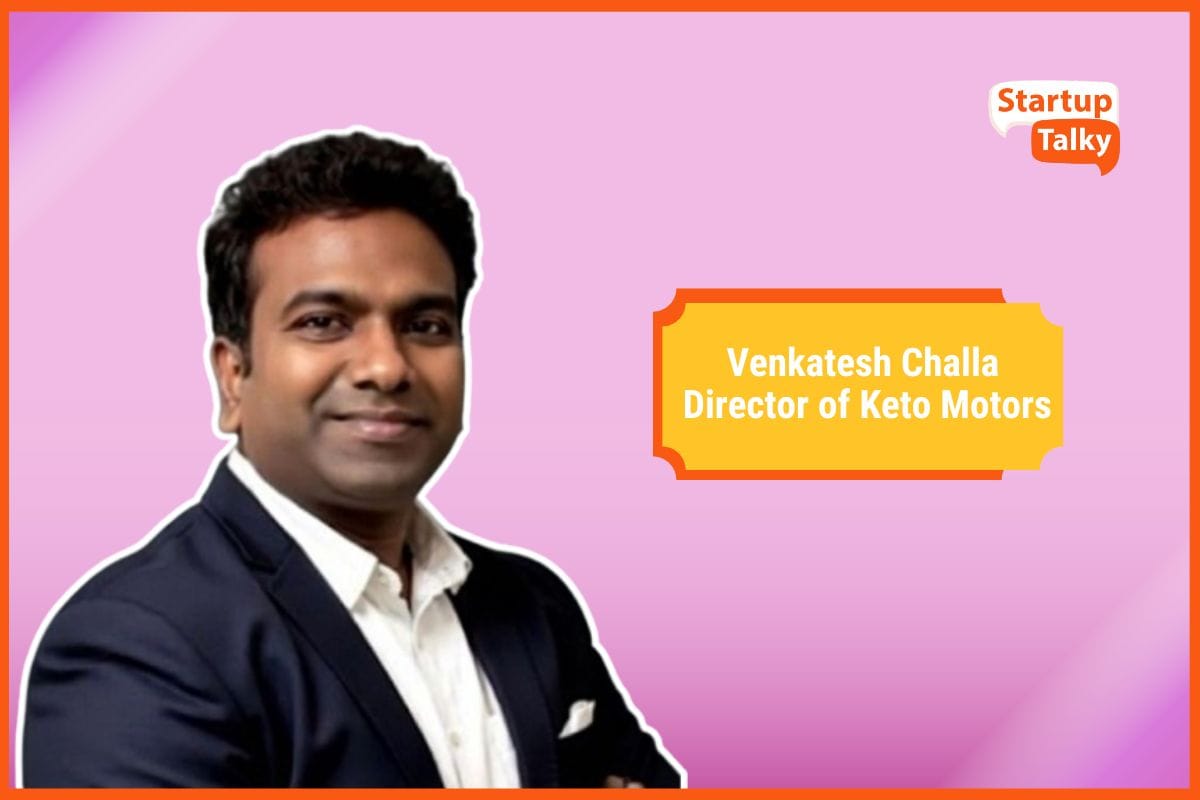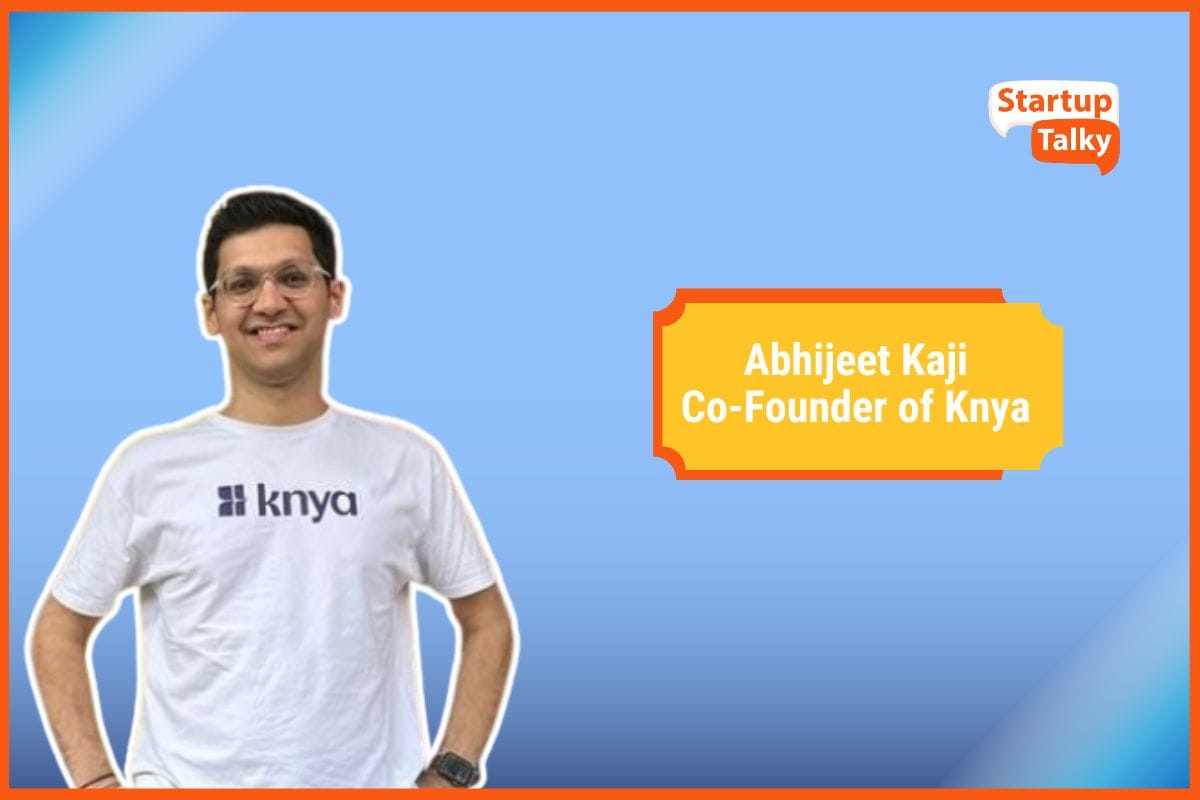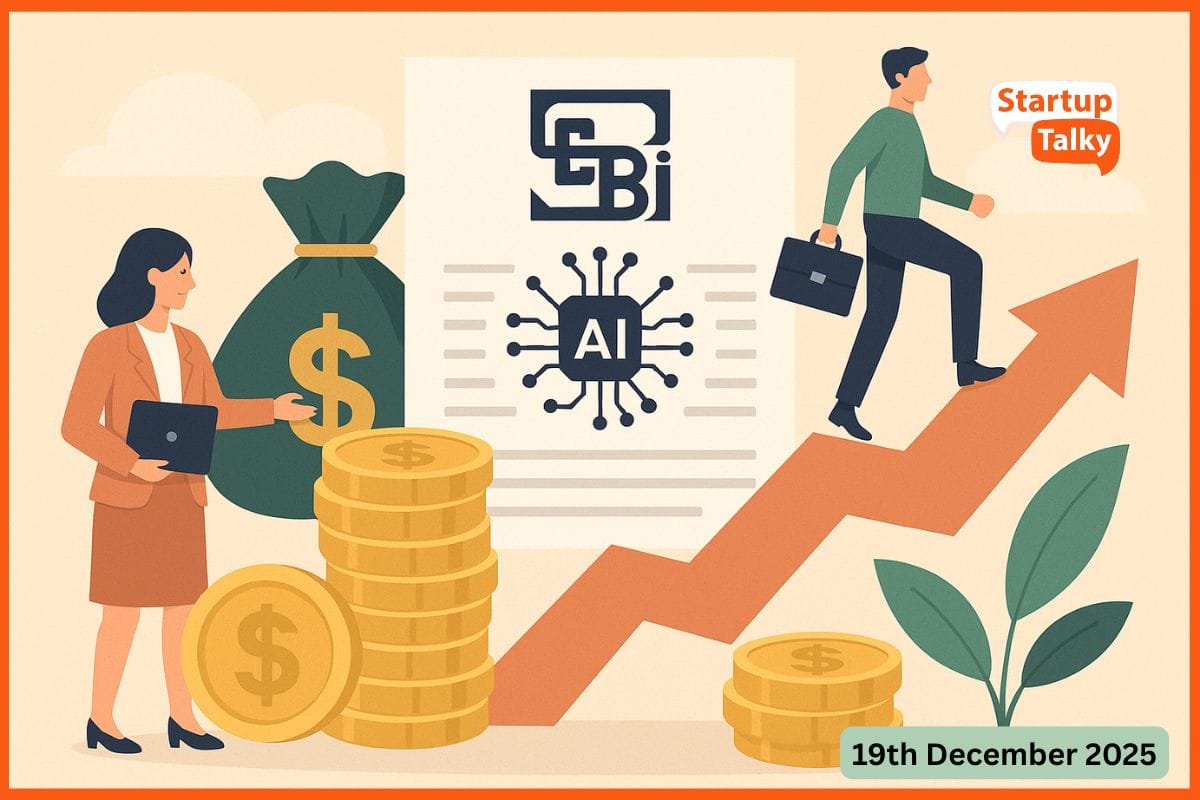Aakash Guglani of Digital India Foundation Sees ONDC Transactions Rising in 2–3 Years
🎙️Podcasts
In the next 2-3 years, the government-led Open Network for Digital Commerce is likely to start peaking and will likely “head to great success," said Aakash Guglani, Manager at the Digital India Foundation.
Guglani, who works at the Digital India Foundation, a not-for-profit organisation that aims at digital inclusion in India, expects local vendors and small businesses to get empowered once traffic on ONDC increases.
Guglani also called out the unfair and highly-priced commissions being charged by private retail aggregators, saying ONDC will make transactions more transparent.
“So ONDC's aim is to get to: how do you bridge from 180–200 million (online shoppers) to, let’s say, 500 million, and not by prohibitive kinds of marketplaces that do it by 20–25% payment of commission, but let’s say less than 10%, less than 5% kind of commission space so that a local vendor can get onboarded? So that’s the larger kind of structure (of ONDC),” he said.
Here are excerpts from Guglani’s interview with StartupTalky.
StartupTalky: There was a lot of excitement and a lot of buzz. And given that the greatest minds were behind ONDC, coming from the UPI background, are you satisfied with the way you know ONDC has proceeded so far?
Guglani: Yes, it has, and I think because the success of UPI was such an important part of ONDC’s formulation itself, we are happy to be accepted by the stakeholders. Most people, most payment aggregators, and most banks are on it. We do see some sort of consumer demand coming up on ONDC. So that's a good sign for the larger success of this kind of network system. And let’s say we call it the digital public infrastructure. We already have Aadhar and UPI, and now we have ONDC. As we have ONDC, we will also build some sort of credit system over it. Yes, we are satisfied, but there are obviously a lot of things to do.
UPI was an easier thing to do because the information collateral was very limited; you just needed three or four types of information criteria. You need payment person 1, payment person B, an intermediate bank, and the overall architecture. In ONDC, you need a little bit more complications; you need to have order deliveries, returns, and grievance redressals. So it's a little bit complicated to come in. That's why it's a little bit complicated; it will take time.
Remember, in UPI 2016–2017/18, there was not much uptick. But after 2019–20, you saw such a massive uptick that you saw 11 crore transactions daily. So right now, too, ONDC sees 40,000 transactions daily. So that it will peak in 2–3 years. So any good product development takes three, four, or, let's say, some sort of consolidation to happen. So I think it's an early growth stage, but we are hoping for great success.

StartupTalky: There’s huge potential for ONDC to reach out to a particular set of people. For this, what factors or impediments need to be ironed out?
Guglani: First of all, some numbers: we have 360 million unique users of UPI. As per some consulting reports, we have people who shop online who are like 180–190 million. And so we have this gap, let's say, reaching 320 million.
Let’s say the UPI numbers we believe in are already going up and up and up. So if they penetrated to a level of 500 million users, you would have this growth path from 180 million to 500 million. And 180 million is totally private-led. We have big e-commerce platforms, but they could not penetrate. So let's say the penetration rate of e-commerce is 7-8%. And in the US, in China, you have 20–30% penetration. We know in India that is not working because offline retail still works a lot. So UPI broke that kind of phenomenon because digital market infrastructure is at zero cost.
Because India is a unique society, the price differential is different. You needed some sort of public infrastructure digital technology—let’s say, intervention. So ONDC aims to get to - how do you bridge from 180-200 million to, let’s say, 500 million, and not by prohibitive kinds of marketplaces that do it by 20–25% payment of commission, but let’s say less than 10%, less than 5% kind of commission space so that a local vendor can get onboarded. So that’s the larger kind of structure.
There might be problems here. We have to understand why private platforms and marketplaces could not go to, let's say to major kinds of spaces. Is it the structural reasons or is it the availability of tech? Let's say the internet was the issue or penetration. Internet penetration is 47%. If it increases to 60%, will that help? So that was the larger context setting for ONDC. If we're able to do these things well like what you did with UPI, that there is a market ecosystem coming up, private players, and there's also let's say, people's participation.
Let's say a chaiwala or a vegetable vendor is using UPI. Will they similarly use ONDC? Our hypothesis is yes if you make it easily comprehensible. That's why you will not build the UI for it, you will build the network, like you did with UPI. Google Pay comes in, you have Autobank or any bank that can come up. Same way, in ONDC we are building the architecture. Let's say a new opportunity for a startup, you can start your buyer application, or let’s say you can start your own logistics app. So if the stakeholder and the market ecosystem come I think will be successful to go to that 500 million like UPI did. And we are also ensuring how we can build a grievance redressal mechanism, the returns mechanism. That's a complicated story. It's difficult to do, but we are ready.
I think the system, the way it is aligned, the people who are leading it, I think we have ecosystem builders like the traditional FMCG company, people who are on the board of directors of ONDC. You have technologists, you have people who have done investment deals, you have the people from let’s say SIDBI, you have people from different banks. So you have that kind of stakeholder design by initiation. That could help because policies are there, and the government is supporting them. And I think we just need the market to get deepened and ONDC can fit in.
For the full video of the conversation, you can watch it below:
Digital India Foundation Manager Aakash Guglani on ONDC Potential, Unfair E-Marketplace Commissions
Must have tools for startups - Recommended by StartupTalky
- Convert Visitors into Leads- SeizeLead
- Website Builder SquareSpace
- Manage your business Smoothly Google Business Suite






